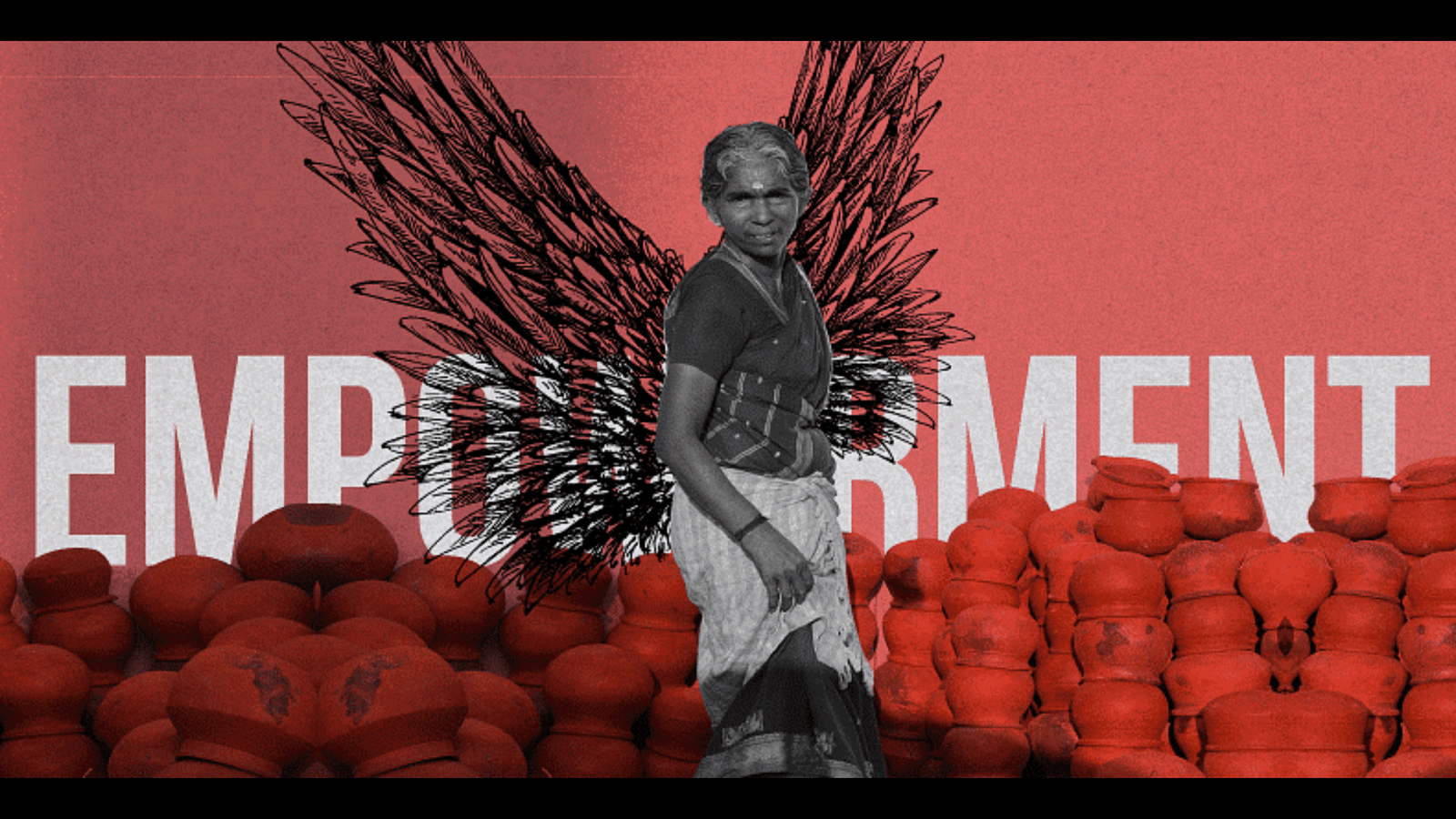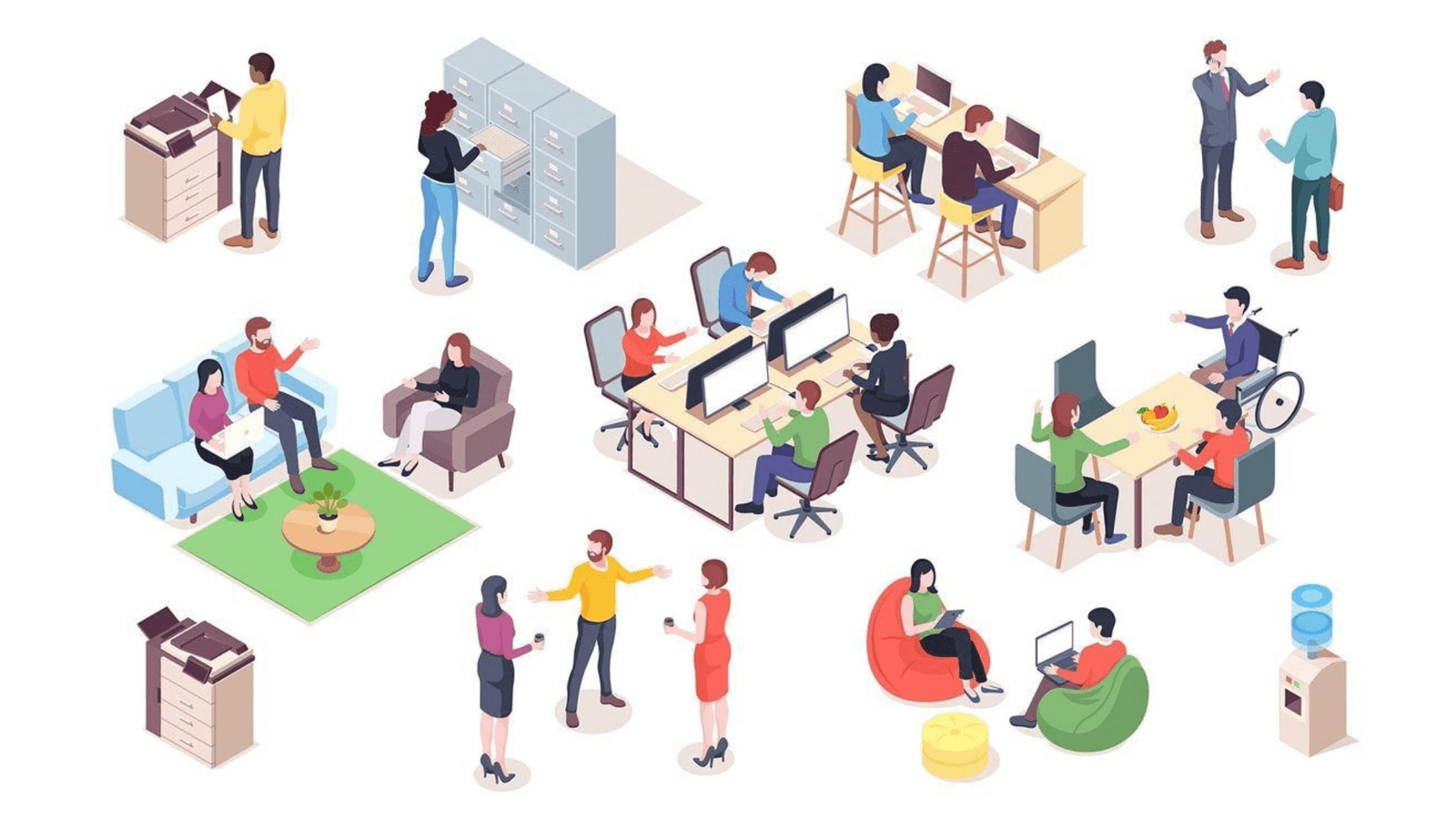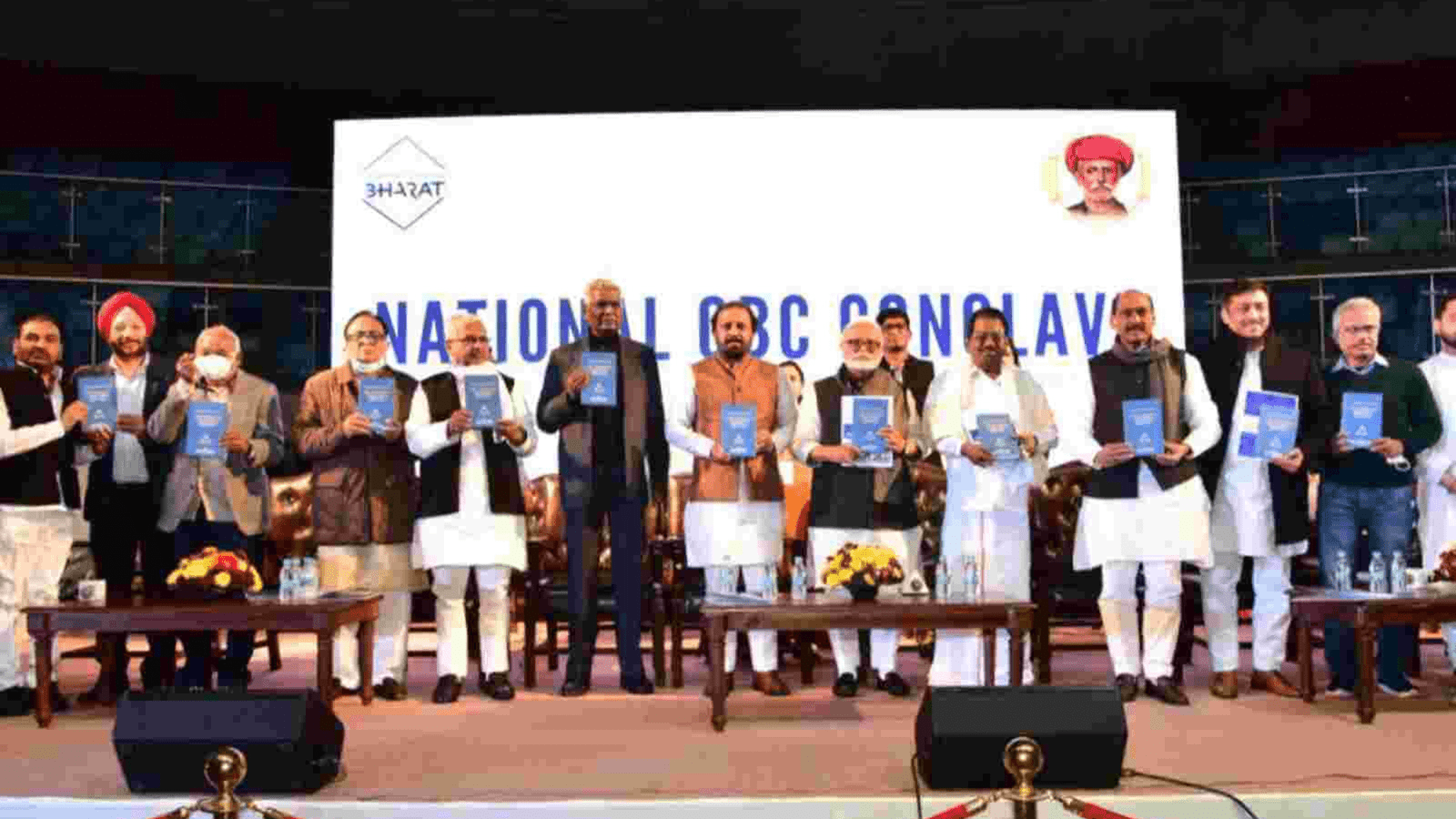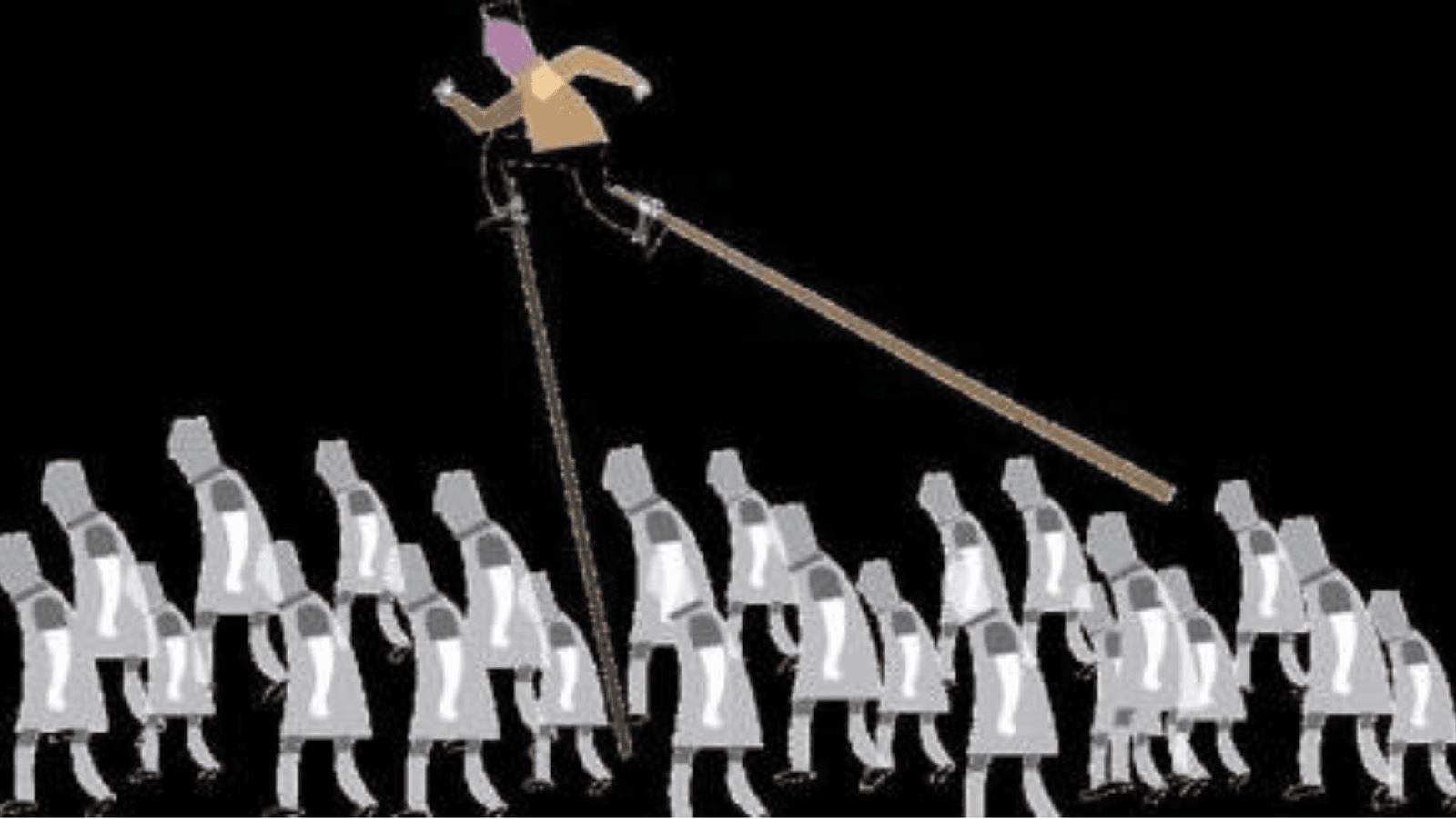
That can only happen through affordable education, meaningful and decent employment opportunities. The announcement of a cabinet decision to raise the age at marriage for women from 18 to 21 years marks the fruition of a plan that was first revealed almost two years ago when a Task Force was set up for the purpose. The Task Force engaged with a host of civil society organisations — child rights groups, women’s organisations and the youth — as well as researchers like myself. I shared this experience with readers of The Indian Express (‘Taking the easy way out’, IE, July 31, 2020). My role in the deliberations was to explain the relative significance of the age of marriage (and consequently of motherhood) in relation to the issues that concerned the Task Force — maternal mortality rates, fertility levels, nutrition of mother and child, sex ratios, and, on a different register, education and employment opportunities for women. My argument then was that the age at marriage had little impact on these concerns, whereas other factors — such as poverty and health services — were far more effective as levers for improving women’s and children’s health and nutritional status.
Those who think that raising the age at marriage will have beneficial effects on women’s status are often relying on statistics that seem to support this view. However, this apparent association is a mirage — it puts the statistical cart before the horse of social realities. If women who marry at higher ages seem to have better health and nutrition indicators, this is not caused by their marrying later than others — it is because women from better-off groups tend to marry at higher ages. Conversely, the health indicators of poorer women do not change just because they marry at a higher age. An illustration of this truth is found in the National Family Health Survey (IV) data, which show that levels of anaemia — which is the highest cause of maternal mortality in India and one of our worst statistics — show no change even at ages of marriage up to 25 years, once we control for other factors.
NWhile the Task Force is reported to have explicitly denied that their recommendation was motivated by the need for population control, the Indian government has long been active on this front. Population control was at the heart of the 1978 amendment to the Sarda Act of 1929. Moreover, reducing fertility rates globally by banning marriage before the age of 18 years is very much on the agenda of international agencies to this very day. A major multi-country study undertaken by the World Bank in 2017 estimated that “savings” of no less than $5 trillion would accrue if marriage before the age of 18 was eliminated. But such savings would be mostly due to reductions in fertility and consequent reductions in public health investments due to fewer births. The same study saw no significant gains from raised age of marriage for women’s decision making, for lowering the levels of violence they face, or helping them find employment
Globally, the age of 18 is widely regarded as the age of adulthood. It is also viewed as an upper limit in terms of the physical and reproductive maturity of women, as well as the age of majority by child rights conventions to which India is a signatory. Thus, the proposed move will restrict the rights of already adult women, an issue for legal experts to debate. Equally important is the crucial slippage in the arguments made on behalf of the government from the minimum age at marriage to the right age at marriage. The minimum age is obviously a floor, not a standard or desirable norm. Laws are meant to set minimum levels, a threshold for triggering legal or penal action, because of the harm that may be done. Confusing these very different things is disastrous for rational argument.
The question we really need to ask is: How best can we prevent women and girls from marrying too soon – whatever we may mean by “too soon”? Is a legal ban the best way, especially if it does nothing to change the various factors that go into deciding the age at marriage for women of different social strata and communities? Going by the NFHS 4 data (2015-16), more than half — 56 per cent — of women in the age group 20-24 years marry before the age of 21 years, and this too is an underestimate. Should we not pause to think what it means to criminalise the majority of women in an entire generation, since such trends will not change merely by a change in the law?
The problem is that the real reasons that drive empowerment are not being addressed, at least not adequately. We rank among the lowest nations in the world when it comes to women’s empowerment. Educational attainments have improved enormously in recent years. But the shocking fact (evident in all major data sets) is that decline in early marriages has been accompanied by a fall in women’s employment rates, that persisted even during the 1990s boom. The proportion of women not in paid work increases at higher ages of marriage!
Complex paradoxes like these are the hallmark of our society. They cannot be addressed by a legal fix, particularly one that will be very hard to implement. Instead of criminalising our youth, the government must take concrete steps to really empower women. If they are truly in charge of their own lives — through affordable education, meaningful and decent employment opportunities — they will be able to make better decisions about whether, when and whom to marry.









































































































